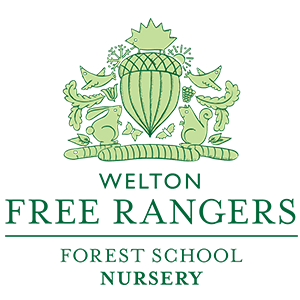In the words of Fiona Danks and Jo Schofield, authors of Nature’s Playground: Life is full of risk, so the best way to prepare children for life is to ensure they know how to judge risk for themselves.
The children in the Den became curious looking at the box which had been delivered to their room. The images of children climbing on a frame created some excitement with our children asking, “What’s in the box?” That afternoon Tam (adult) counted out the parts ready to fix them together with a group of children gathering, waiting to help. The children were encouraged to hold the pieces of the frame which were coded with letters. Together we recognised the letters on the pieces and we started to follow the plans to assemble the frame problem solving as we went along.
As the children looked at the instructions we described the shape of the pieces, long, straight, curved and used shape language talking of pentagons, stars and squares, describing the form of the frame. Ordinal language was used, talk of this piece first and that piece second as children helped to push pieces together and into place checking that the letters match. Working together, listening to each other, sharing ideas and knowledge, problem solving, having fun. Finally we fixed the frame to the ground hitting the fixing pegs into the earth using wooden blocks.
Now for the road test! The group tested the frame they had built together. Climbing on and moving under, over, along, sideways and falling holding bars to swing underneath. Each child proudly asking to be watched as they moved on the frame, proud of their achievements. Our children had ownership of the frame that they had built together.
Climbing is something that children do instinctively as part of their development and growth, from pulling themselves up from sitting to standing and climbing the stairs. Climbing improves co-ordination and motor skills through spatial and directional awareness, balance and agility. The methods used when climbing can help develop a child’s cognitive development by problem solving and memory function mapping the way. The feelings of fear and motivation experienced can have great benefits on children’s confidence and sense of achievement. If children do not have opportunities to take calculated risks for their self, to be independent and survive, they will struggle with real life problems when they are older. By offering opportunities to climb in safe and supported environments children learn how to assess and navigate risk and how to overcome risk themselves.
So we must be brave and let our children explore, climb, navigate trees and climbing frames, fall, get back up and try again, and become confident individuals.
Tam















